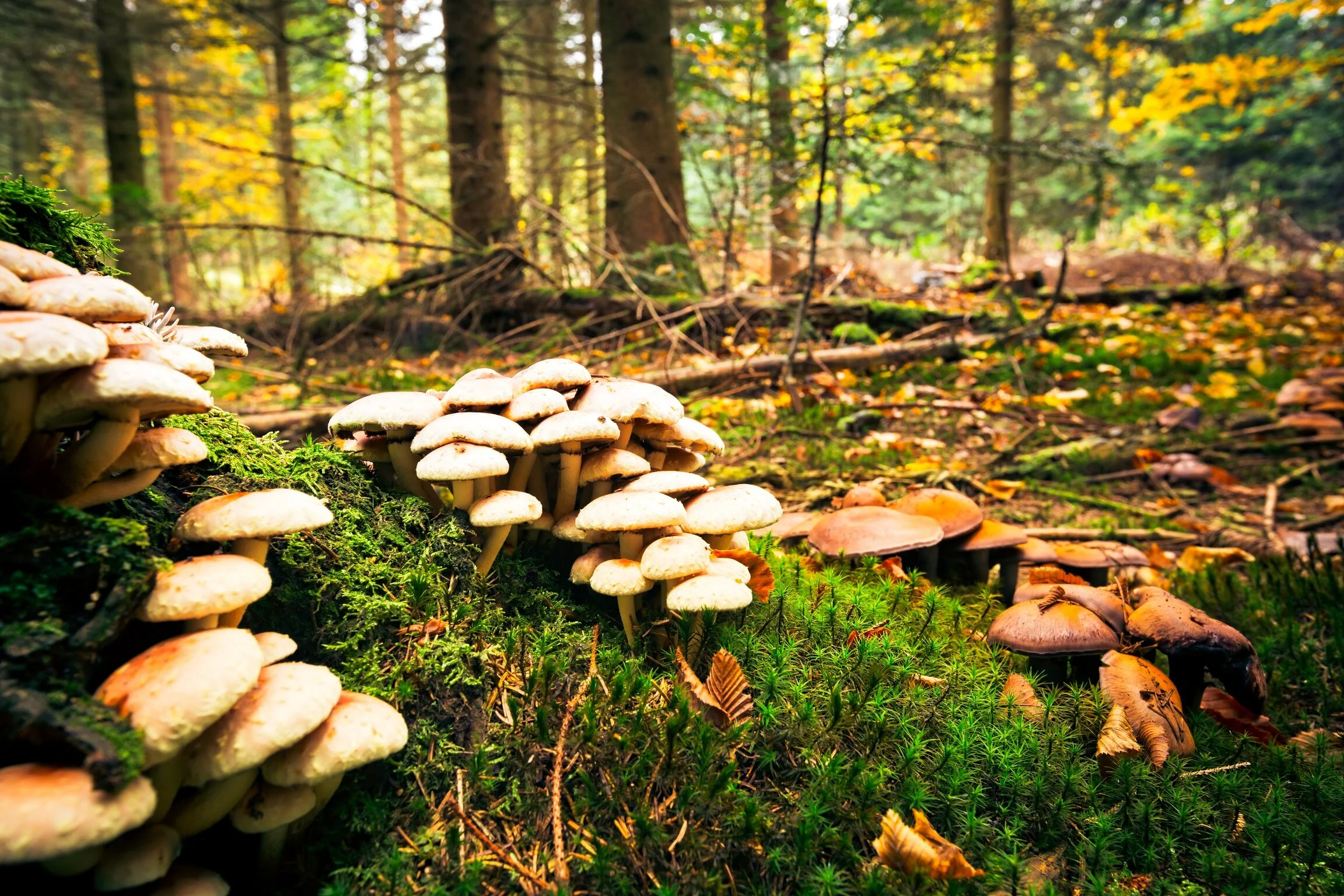We hear a lot about bees and how important they are for growing our crops. Well, they are – and we should also be concerned about recent declines in bee populations and their health.
How science can teach us to be more relaxed
After a busy and stressful year, I recently found myself physically and mentally exhausted with a very real need to relax. A last-minute holiday felt like a perfect solution and I returned feeling refreshed and recharged. What was it that helped me to relieve my physical tension and restore my inner calm? Was it exploring somewhere new, swimming in the sea, spending time with family – or just lying on the beach, touching the sand and completely switching off?
Is there really any science behind the Sirtfood diet?
Few things are so deeply infected by fads, frauds and quackery as nutrition. As such, it is through a lens of healthy scepticism that we should view any new diet. The latest to make headlines is the Sirtfood diet which, if we are to take claims at face value, will assist with weight loss as well as offering other benefits such as “stimulating rejuvenation and cellular repair”.
Justin Schmidt - Suffering for science: why I have insects sting me to create a pain index
Explainer: what are the ‘nacreous clouds’ lighting up the winter skies?
People in the polar regions of the world, such as Scandinavia and Canada, sometimes get to watch majestic, rainbow-coloured clouds drift across an otherwise grey winter sky. Over the past few days, observers from across the UK and Ireland have also been lucky enough to witness this phenomenon, known as “nacreous” (or polar stratospheric) clouds.
The forgotten moon landing that paved the way for today’s space adventures
Crashing into a planet is seldom a good idea. If you’re trying to travel to another world, you’re likely to land at tens of kilometres per second unless you do something serious to slow down. When Neil Armstrong famously became the first man on the moon in 1969, he piloted a lunar module onto the surface using thrusters that slowed the craft’s descent.
Confessions of a chemist: I make molecules that shouldn’t exist
At drinks parties and dinners, if someone asks what I do for a living, I always say: “Synthetic chemist … I make new molecules … especially those that shouldn’t exist.” People typically respond that they were not very good at chemistry at school – or they enquire about explosions and smells. And there, usually, the conversation ends.
Why a walk in the woods really does help your body and your soul
Why can’t we predict when a volcano will erupt?
We started 2016 with a bang. Both Chile and Indonesia saw a clutch of volcanoes erupting after laying dormant for a decade or more. This followed an eruption in April 2015, when Calbuco volcano in Chile burst back to life after more than 40 years of silence, with experts giving less than two hours of warning. In an era of global satellite monitoring with proliferating networks of instruments on the ground, why can we still not accurately predict volcanic eruptions?
Explainer: why are cities warmer than the countryside?
In cities, the air, surface and soil temperatures are almost always warmer than in rural areas. This effect is known as the Urban Heat Island – a term which first came into use in the mid-20th century. Until the 1980s, this effect was considered to have relatively little practical significance. In fact, given that most studies were done in cities with cold winter climates, a warmer temperature was seen as a potential benefit, because it reduced the need for heating. But since then, we’ve found a number of reasons to be concerned.
How your meal affects your mood
Your thoughts, moods and behaviours are the product of your brain – an exquisite spider’s web of neuronal connections and witch’s brew of neurochemicals. It is this brew that is prone to change, and when “unbalanced” can cause dramatically altered behaviour. And your diet may have more to do with how you think than you would first suspect.
Corals, crochet and the cosmos: how hyperbolic geometry pervades the universe
We have built a world of largely straight lines – the houses we live in, the skyscrapers we work in and the streets we drive on our daily commutes. Yet outside our boxes, nature teams with frilly, crenellated forms, from the fluted surfaces of lettuces and fungi to the frilled skirts of sea slugs and the gorgeous undulations of corals.
If we want medicine to be evidence-based, what should we think when the evidence doesn’t agree?
How plants rely on friendly fungal bodyguards
How to build a starship – and why we should start thinking about it now
How your friends affect your health
Explainer: what is antimatter?
Antimatter was one of the most exciting physics discoveries of the 20th century. Picked up by fiction writers such as Dan Brown, many people think of it as an “out there” theoretical idea – unaware that it is actually being produced every day. What’s more, research on antimatter is actually helping us to understand how the universe works.
How ‘Snowball Earth’ volcanoes altered oceans to help kickstart animal life
Do we really have to wash fruit and vegetables?
There is a growing demand for fruit and vegetables across the Western world, thanks to increased awareness of their nutritional and health benefits. But we’ve always been taught they might not be safe to eat straight out of the supermarket, and they have to be washed first. Is this the case? And what might happen if we don’t?














